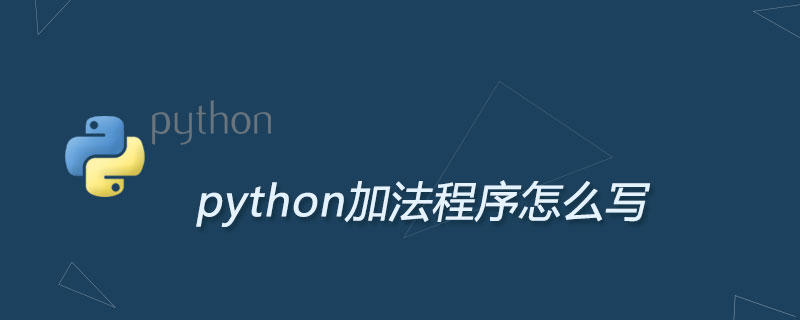![图片[1]-python print函数如何不换行-uusu优素-乐高,模型,3d打印,编程](http://uusucn.zbbe.cn/wp-content/uploads/2024/01/5df97ec6b14e4138.gif)
python3.0 的print 函数有如下的形式:
print([object,...][,seq=''][,end='\n'][,file=sys.stdout])
我们在使用print()函数时,并不希望输出结束后自动换行,因此,我们可以按照下面的方法来做
1.print()指定结束符
print('hello',end='')
print('world')
#result:helloworld
python学习网,免费学习python!
当print()函数,指定end参数为空字符后,print()函数就不再主动添加换行符了。并且,hello和world之间也不存在任何空格。
a='firstline' b='secondline' c='thirdline' print(a,end='\n\n') print(b) print(c,end='!')
我们可以利用指定结束符的方法,灵活控制换行行数和结尾字符。
2.print()函数
知道了如何实现输出不换行,下面我们来看一下原理。
print(*objects,sep='',end='\n',file=sys.stdout,flush=False) objects--复数,表示可以一次输出多个对象。输出多个对象时,需要用,分隔。 sep--用来间隔多个对象,默认值是一个空格。 end--用来设定以什么结尾。默认值是换行符\n,我们可以换成其他字符串。 file--要写入的文件对象。 flush--是否要强行刷新stream原文来自:https://www.py.cn
© 版权声明
文章版权归作者所有,未经允许请勿转载。
THE END

















































暂无评论内容